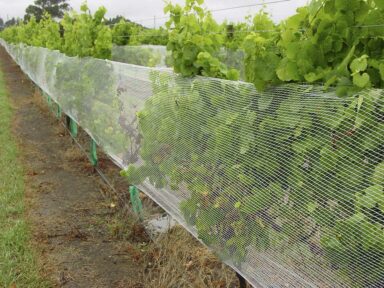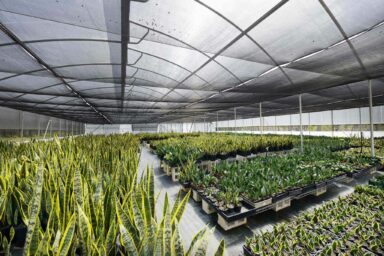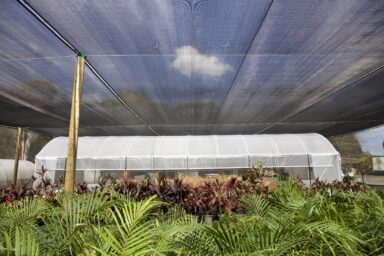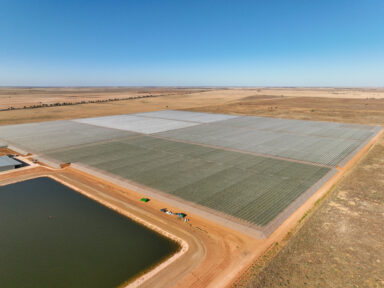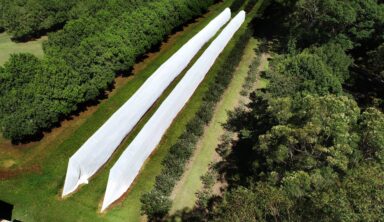What is Bird Netting? 7 Tips for Using It Effectively
October 6, 2023
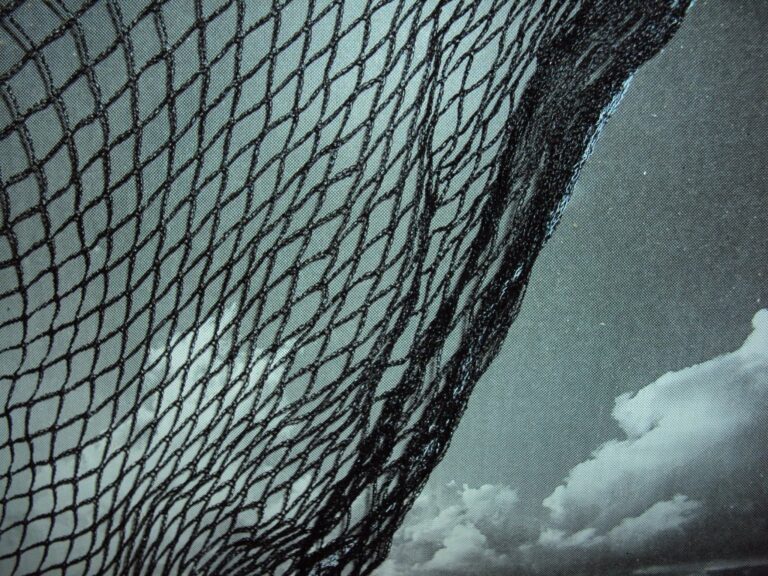
If you’ve ever grown a garden or dealt with pesky birds, then you may have heard of bird netting. Bird netting is a type of mesh material used to protect plants and crops from birds, preventing them from eating fruits and vegetables.
It’s an effective and humane way to control bird damage without harming them. In this article, we will discuss what bird netting is and provide some tips for using it effectively.
What is Bird Netting?
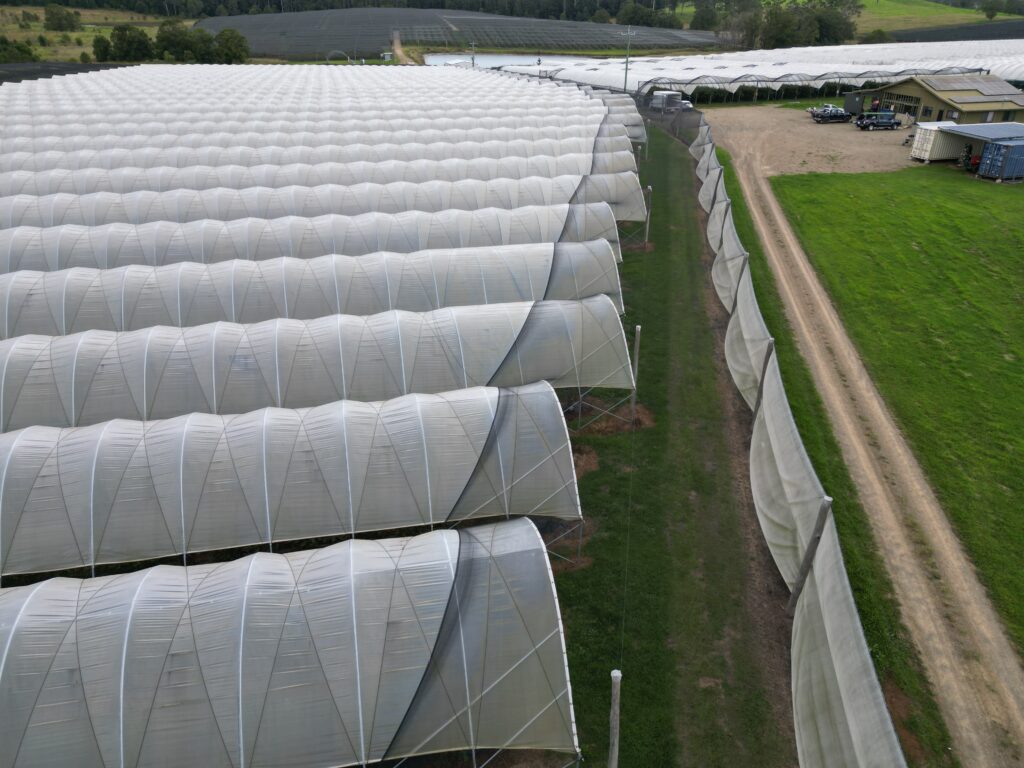
Bird netting is a lightweight and durable material made from polyethylene or similar synthetic materials. It comes in different mesh sizes to accommodate different types of birds. The netting is designed to create a physical barrier that prevents birds from entering an area, such as a garden or orchard.
Bird netting can be used for both small and large areas, making it suitable for backyard gardens and commercial farms. It is also weather-resistant, making it a long-lasting solution for protecting plants from bird damage.
7 Tips for Using Bird Netting Effectively
When using bird netting, there are a few things to keep in mind to ensure its effectiveness:
1) Properly Install the Netting
Proper installation of bird netting is crucial for its effectiveness. Make sure the netting covers the entire area and is securely fastened at the bottom to prevent birds from slipping underneath. Leave some slack in the netting to allow plants to grow without being damaged.
2) Choose the Right Mesh Size
The mesh size of bird netting should be chosen based on the type of birds you are trying to keep out. Smaller mesh sizes are suitable for smaller birds, while larger mesh sizes are better for larger birds. Choosing the right size ensures that birds cannot get through the netting and cause damage to your plants.
3) Regularly Inspect and Maintain the Netting
Regularly inspecting and maintaining the bird netting is essential for its longevity and effectiveness. Check for any holes or tears in the netting that could potentially allow birds to enter. Repair any damages promptly to keep the netting working as intended.
4) Use Other Bird Deterrents Alongside Netting
While bird netting is an effective solution on its own, using other bird deterrents can increase its effectiveness. For example, you can also use scarecrows, reflective tape, or predator decoys to further deter birds from your garden or crop area.
5) Remove Attractive Features for Birds
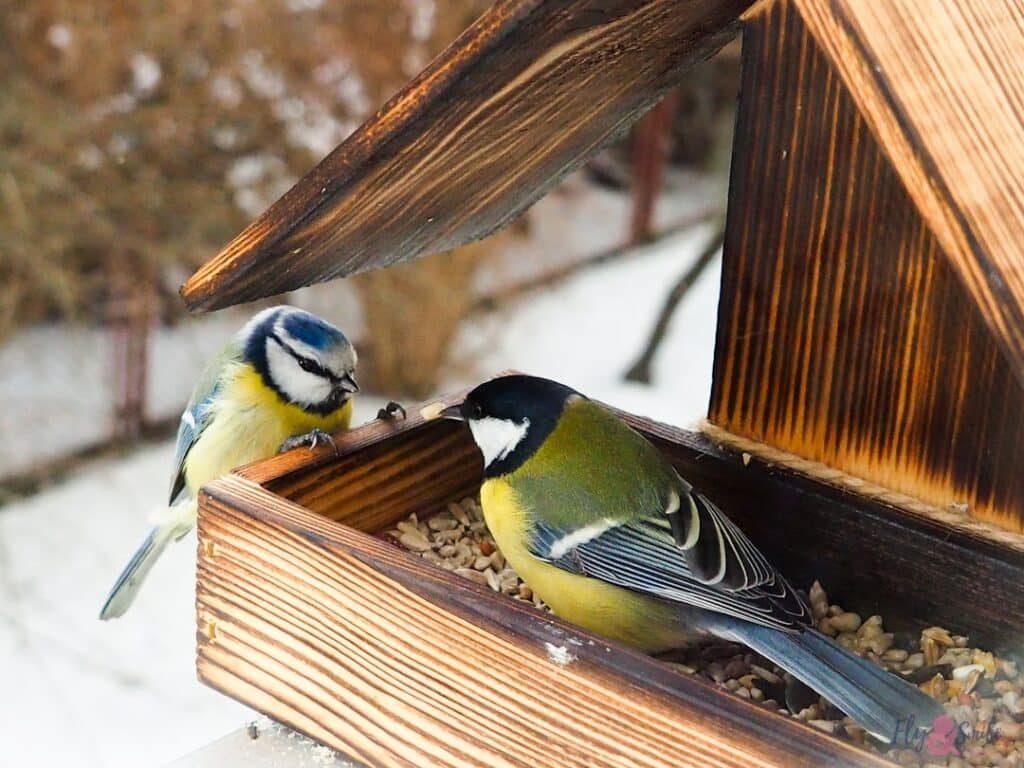
Birds are attracted to certain features, such as open water sources and bird feeders. If you have these in your garden or near your crops, consider removing them while using bird netting. This will help reduce the number of birds in the area and make the netting more effective.
6) Remove Fallen Fruits and Vegetables
Leaving fallen fruits and vegetables on the ground can attract birds to your garden, even if you have bird netting in place. Make sure to regularly clean up any fallen produce to discourage birds from entering your protected area.
7) Store Bird Netting Properly
When not in use, it’s important to store bird netting properly. Make sure it is clean and dry before storing it in a cool and dry place. This will prevent any potential damage or wear and tear, ensuring the netting can be used effectively for future growing seasons.
Conclusion
Bird netting is an effective and humane solution for protecting plants from bird damage. Here is a recap of the tips for using it effectively:
- Properly install the netting and choose the right mesh size
- Regularly inspect and maintain the netting
- Use other bird deterrents alongside netting
- Remove attractive features for bird
- Remove fallen fruits and vegetables
- Store bird netting properly when not in use.
By following these tips, you can effectively use bird netting to protect your plants and crops from birds.
At Empak, we offer high-quality bird netting solutions for various applications. Our products are designed to be durable and easy to use, providing effective protection against birds. Contact us today to learn more about our bird netting options or if you have any inquiries.

